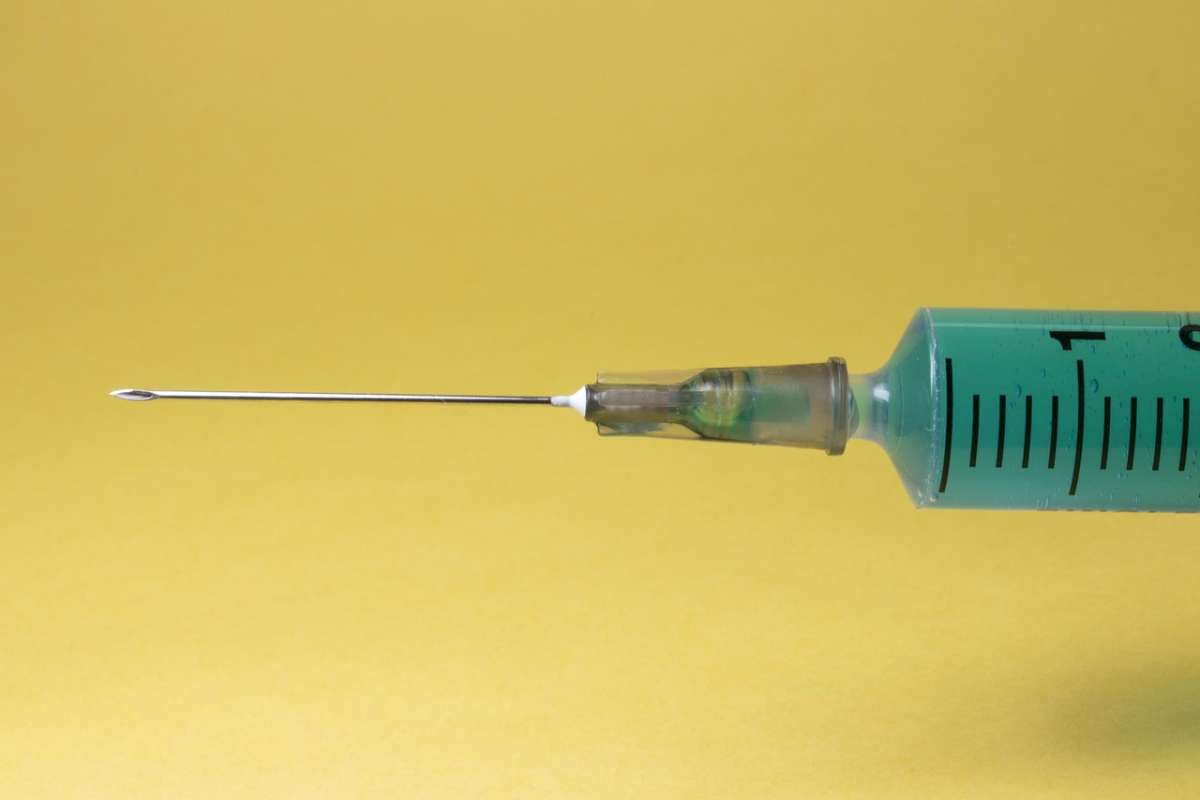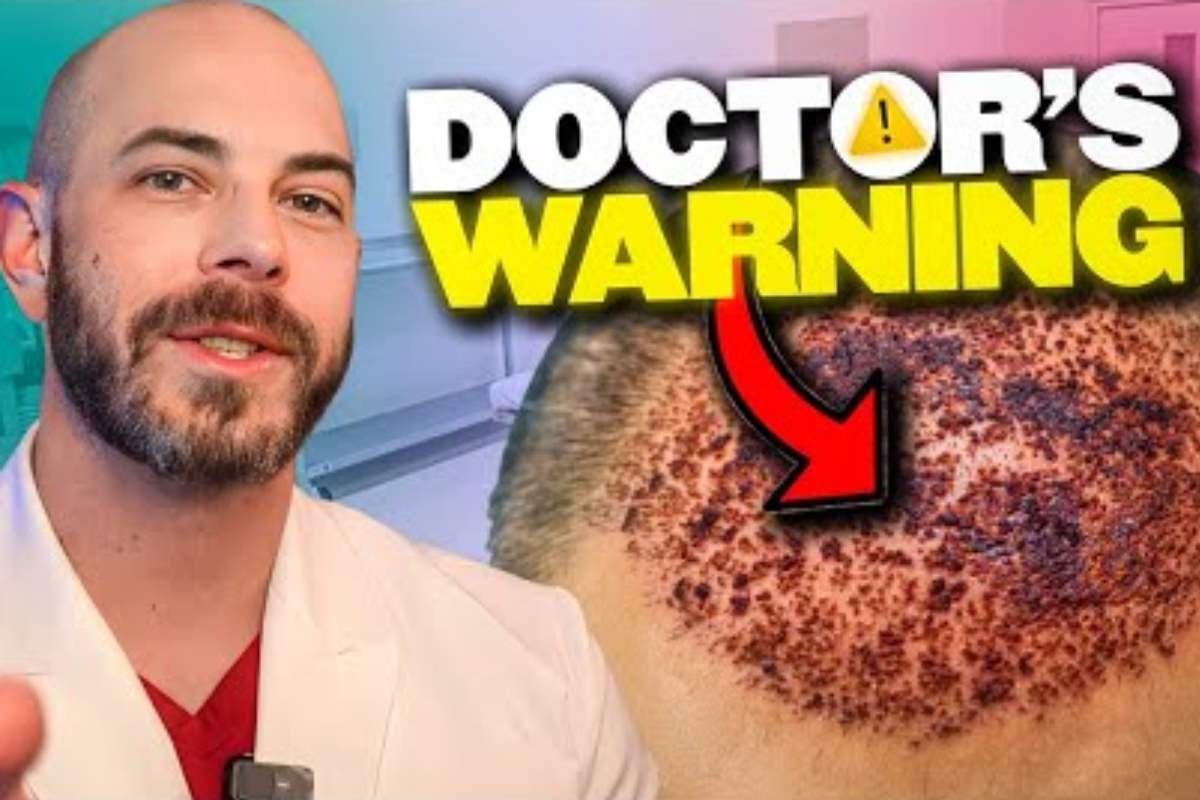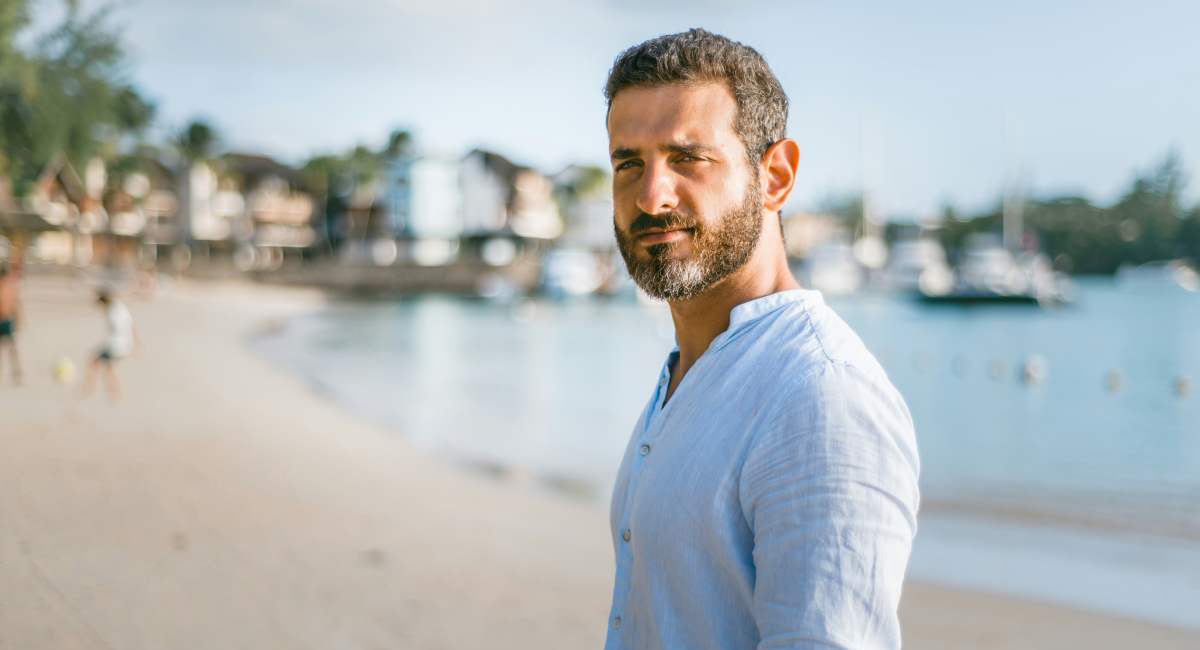As the years go by, robots are becoming more commonplace in medical procedures.
Why is this?
Robots can perform delicate procedures with precision that is unmatched by human hands. Robots also don’t get tired during surgical procedures that can take several hours.
It’s only natural that the ARTAS robot has made its way into hair transplant centers across America, but how does it stack up to the other methods of hair transplants?
Today we’re going to look at the ARTAS robot and how it stacks up to the hand-held NeoGraft device commonly used for hair transplants today.
In order get a better understanding of what is involved in a hair transplant procedure, we’re going to briefly look at the two methods that are currently being used for hair transplants: FUE and the Strip method.
FUE vs. FUT (Strip) Method
Both NeoGraft and ARTAS utilize the Follicular-Unit Excision (FUE) method of hair transplants. In this method, individual hair follicles are removed from the donor area without the need for an incision.
As a result, there is no linear scar left over and the patient can wear their hair much shorter. There is also less healing time required due to no incision being made in the scalp.
Before the FUE method was introduced, surgeons used what is known as the FUT (or Strip) method for hair transplants. The FUT method requires an incision to be made along the scalp, resulting in stitches and a longer healing time than the FUE method. It also leaves a visible scar that can be seen if the hair is cut short. Because of the more invasive nature of the FUT method, FUE has become increasingly popular over the years.
The recovery period for the FUT method is around 2 weeks and may require the patient to revisit the surgeon to have the stitches or staples removed. While the FUE method may require a follow-up visit just to check progress, there is no need for the removal of staples or stitches.
Both the NeoGraft and the ARTAS robot utilize the FUE method for hair transplants.
NeoGraft
The NeoGraft is a hand-held device that surgeons (or technicians) use to assist in hair transplant procedures. It operates by using air pressure and suction to remove hair follicles from the scalp. The process is done entirely by the operator’s hand, so it is completely dependent on the skill level of the surgeon or technician. There is room for human error during the process and many offices utilize technicians to do some or all of the harvest completely unsupervised by a physician. This is a dangerous practice and not advised. Your surgeon should always be involved in the harvest of grafts.
The NeoGraft device fits over the operator’sthe electronic punch tool cuts approximately 1mm circles around each follicular unit (1-4 hairs) in order to obtain and donor hairs. The grafts are collected in a small container and when the harvest is finished they are removed and placed into the bald areas of the where more hair is desired.
There are some risks associated with the NeoGraft device. It utilizes sharp edge dissection, which can contribute to increased transection of the grafts. Dry air suction is used to remove grafts from the scalp which can affect survivability of the grafts if they are allowed to dry out. Physical trauma could also be induced through the process of grafts being sucked into and out of the tube by forced air.
The average patient requires 1,500-2,000 individual grafts in order to restore receding hairlines and baldness. Therefore, the average length of the harvest portion of the procedure can take anywhere from 2-4 hours which can lead to varying levels of quality as the surgeon’s hands fatigue.
While the NeoGraft device definitely helps speed up the process and helps prevent operator fatigue, one of the major downsides to this method of hair transplantation is that often times the NeoGraft follicle harvesting will be done without a surgeon present at all. The machine is marketed as a device that allows almost anyone to handle this part of the procedure, which can lead to inexperienced, or unqualified, individuals performing the harvesting.
Here at the Limmer Hair Transplant Center when we perform a hair transplant procedure the surgeon is there every step of the way ensuring that everything goes correctly and efficiently.
ARTAS
ARTAS is a robotic device that is made to assist a doctor during a hair transplant procedure. Unlike NeoGraft which is hand-operated, ARTAS is controlled by a highly specialized computer program, coupled with several technologies that make it extremely precise.
ARTAS is a robotic assistant that takes the place of a human being in regards to dissecting the follicular units in the donor area and making the recipient sites. Though the robot performs the surgery, surgeons are in control of every single aspect of the robot as the procedure is being completed.
Prior to dissection, the robot automatically maps out every hair follicles in an extraction area referred to as the “grid”. It assesses the angles, directions, density and quality of all the hair follicles before the harvest begins. The robot can also identify areas of scarring that need to be avoided.
ARTAS then selects donor hairs based on the parameters determined by the surgeon. The surgeon can set the robot to select larger follicular units with 2 or 3 hairs or more single hair units depending on individual patients needs. The surgeon also determines the spacing and boundaries for the harvest area. Unlike NeoGraft, this process allows for precise section of the very best grafts.
The ARTAS robot can perform up to 1,000 grafts per hour – which is much faster and more precise than a human hand. The extractions are completely random but uniformly spaced – meaning it’s virtually impossible to tell where the donor hairs came from once when the area has healed. The small circular scars should blend in with long or short hairstyles.
Unlike human hands, the ARTAS robot does not get fatigued. The grafts stay consistent throughout the procedure. You don’t get a drop off of the quality of the grafts due to human fatigue as the harvest progresses hour by hour.
| ARTAS | NeoGraft | |
| Minimally invasive
| | |
| No linear scar
| | |
| Faster healing time
| | |
| Faster procedure time
| | |
| Consistent grafts
| | |
| Less chance of human error
| | |
| Overall patient satisfaction
|
Conclusion
While both ARTAS and NeoGraft are being used by hair transplant surgeons, no matter how skilled the surgeon, human hands are not as steady, nor are they as precise as a computer-controlled robot.
The main difference between the NeoGraft vs. the ARTAS robot is the human factor. As most transplants require several hours, human fatigue can set in, which can negatively impact the consistency of each individual graft. The end results being poor growth from lower quality grafts. In addition to fatigue, the other human factor at play is experience. While there is a learning curve to operate the robot, the very first punch with ARTAS is as good as the 100,000th punch. The quality of the extractions never degrades as time goes on.
With the advancements in technology to help aide in the hair transplant procedure you can be sure that your hair will look and feel as natural as possible after leaving our office.
There is also the safety concern of technician run devices. At the Limmer Hair Transplant Center, we are proud to offer the ARTAS Robotic Transplant Procedure where Dr. Krejci controls and monitors the robots movements from start to finish. She will ensure that our clients receive the best care possible with the best results possible. In many cases, especially with the NeoGraft device, these technologies are performed by technicians who have merely been trained to use the device, as opposed to qualified surgeons who have studied human biology and anatomy for years and are truly qualified to perform such procedures.
If you suffer from male pattern baldness or would like to learn more about the ARTAS Robotic Hair Transplant Procedure, call the Limmer Hair Transplant Center at (210) 496-9992 or schedule a consultation. Our experienced and skilled hair transplant surgeons will answer any questions you might have.







